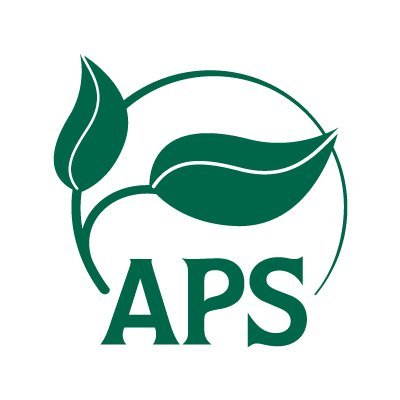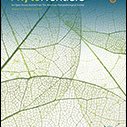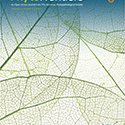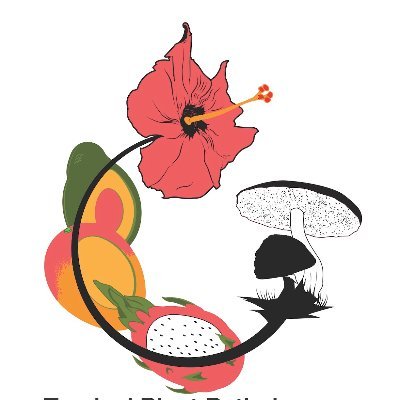
PhytoFrontiers®
@phytofrontiers
Followers
465
Following
99
Media
138
Statuses
222
Open access, broad-scope plant pathology journal from @plantdisease https://t.co/3V2gXrecTS
Joined January 2019
“Establishment of Southern Highbush Blueberry Cultivars and Suppression of Phytophthora Root Rot Using Cover Crop and Soil Amendment Treatments,” by Barbara J. Smith, Eric T. Stafne, and @QuentinDRead: https://t.co/1c72DF5iBu
0
0
1
"Results emphasize that fungicide applications occurring at VT/R1 and when disease severity exceeds 5%, are more likely to result in positive economic gain." Read more in the new @phytofrontiers article at https://t.co/JRiORbl56C. From @NabinKDangal @badgercropdoc
1
15
28
Adrian I. Zuniga et al. found that thermotherapy reduced the Neopestalotiopsis sp. inoculum and could be integrated into disease management programs to reduce cryptic infections in strawberry transplants for commercial production: https://t.co/JgqvxRgNDq
0
1
2
The infection process of Macrophomina phaseolina has not been studied on strawberry. @LindsoPedro, Peter M. Henry, and Alexander I. Putman explored if and where M. phaseolina can colonize strawberry plant tissues within 1 month of inoculation: https://t.co/gc9WcDBIoi
0
0
1
Sara Pereira Menezes Reis et al. developed species-specific primers for biomonitoring frosty pod rot of #cacao. Learn more: https://t.co/WUfamYkeEO
0
0
0
“In Vitro Assays Suggest Rapid ‘Ōhi‘a Death Fungi Can Colonize Metrosideros polymorpha Fine Roots,” by Dylan Hyun et al. Read the article in Volume 5, Number 3 of PhytoFrontiers: https://t.co/g2xmhVfn9F
0
0
0
Using tomato as a model, Salomé Lengrand et al. designed a novel culture system to study the seed-borne endophytic bacterial community from seed to seedling, investigating its colonization and impact on plant health. Learn more: https://t.co/Efru0vidIV
0
1
4
Katherine A. Ashley et al. investigated the impacts of various management practices on soil microbial communities, including rotation length, non-grain rotation crops, green manures, compost amendments, and a soil fumigant using 2 potato varieties: https://t.co/EWlzkFHm87
0
0
0
Plum pox virus (PPV), a major threat to stone fruits, was eradicated from the U.S. after its 1999 discovery in Pennsylvania. Elizabeth E. Rogers, Andrew L. Stone, and Diana J. Sherman present genome sequences of 6 PPV finds from the eradication effort: https://t.co/NQtMneqTMR
0
0
0
On this #WorldFoodDay, we celebrate the efforts of those who nourish our communities, protect our planet, and shape a better future through better food for all. Explore resources to learn more about food security and sustainability. #FAO80
https://t.co/MIR3AuByHS
0
8
4
PCR amplicon sequencing is a reliable, simpler alternative to whole-genome sequencing. M. Asaduzzaman Prodhan, Matthew Power, and @monica_kehoe present an automated, scalable #bioinformatics pipeline using Nextflow and Singularity: https://t.co/Tlg59eMynt
0
0
0
Blueberries are highly susceptible to storage spoilage. Saiya Saito, Fei Wang, and Chang-Lin Xiao conducted a 3-year field trial to evaluate the effects of preharvest application of ASM and potassium silicate on Alternaria rot and gray mold in blueberry:
apsjournals.apsnet.org
Blueberries are highly perishable and susceptible to storage spoilage, especially fruit rot diseases caused by fungal pathogens. Alternaria rot caused by Alternaria alternata and gray mold caused by...
0
0
0
"Efficacy of Five 14α-Demethylation Inhibitors and Four Biorational Fungicides Against Geotrichum candidum and Sour Rot of Peach,” by Bingyu Zhao et al. 🍑 Read the article in Volume 5, Number 3 of PhytoFrontiers:
apsjournals.apsnet.org
Sour rot, caused by Geotrichum candidum Link (1809), is a postharvest disease of stone fruits, including peaches. The 14α-demethylase inhibitor (DMI) fungicide propiconazole has been used for...
0
0
0
The article "Effectiveness of TiO₂ Nanoparticle Application for Treating Fire Blight in Apples" ( https://t.co/1hReIHxGgM) by @LightSinai and @CornellCALS researchers was selected as an Editor's Pick by the journal @PhytoFrontiers!
0
1
1
Sensor-based techniques show potential as alternatives to visual rating techniques of plant diseases. Ronald Tapia et al. evaluated methods for canopy reflectance as a phenotyping approach that can be applied across many research contexts: https://t.co/mjXKtNwZGZ
@vance_whitaker
0
1
1
David L. Roberts et al. introduce decision intelligence to enhance nematode management in sweetpotato cultivation. 🪱🍠 Learn more: https://t.co/xc252qW7Nf
0
0
0
New paper was out @phytofrontiers from @OSUAgSci and OSU Pharm! "Plipastatins Directly Inhibit Agrobacteria and Prevent Crown Gall Disease"
apsjournals.apsnet.org
Diseases severely impact plant growth and productivity. Here, we sought to identify new products for preventing agrobacteria from causing crown gall disease, which can affect many agriculturally...
0
1
5
We also developed and validated a recombinase polymerase amplification (RPA) assay for rapid detection of Globisporangium uncinulatum (syn=Pythium uncinulatum). #oomycetes
🥬 @AG__McCoy et al. developed and validated qPCR assays for lettuce plants and field soils from the Salinas Valley, California—providing valuable diagnostic and monitoring tools for the lettuce industry. @MartinChilvers1 @Tmiles_MSU Learn more: https://t.co/bTbk3v4zsZ
0
4
5
🎉Our #Trichoderma #LaurelWilt #Avocado #Aguacate #Endophytes #Fungi paper is finally out and it is Open Access! Antibiosis, Endophytic Colonization, and Efficacy of Trichoderma Against the Laurel Wilt Pathogen in Avocado | PhytoFrontiers™ https://t.co/gDNKFblrmh Next:
1
13
50
Meloidogyne chitwoodi is one of the most important soilborne pests of potato. Michelle Soule et al. developed a qPCR assay for the identification and quantification of M. chitwoodi. Learn more: https://t.co/HoOghSQ966
0
0
1








